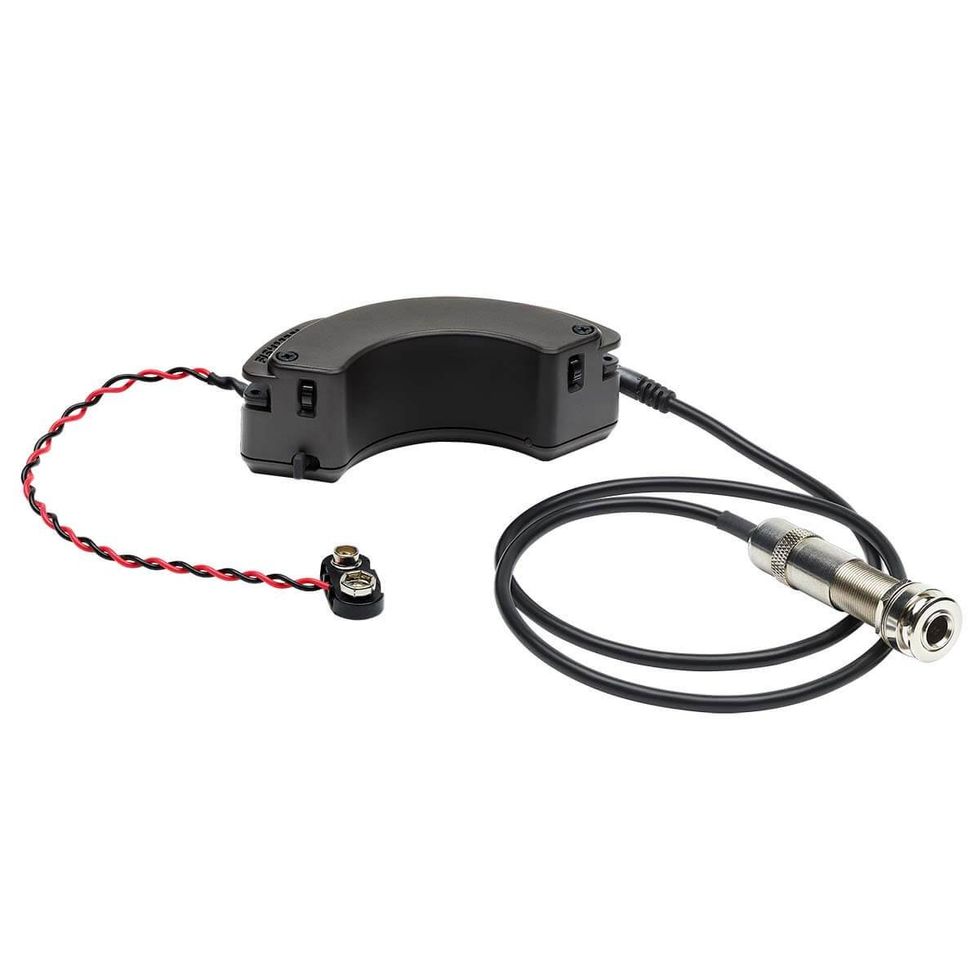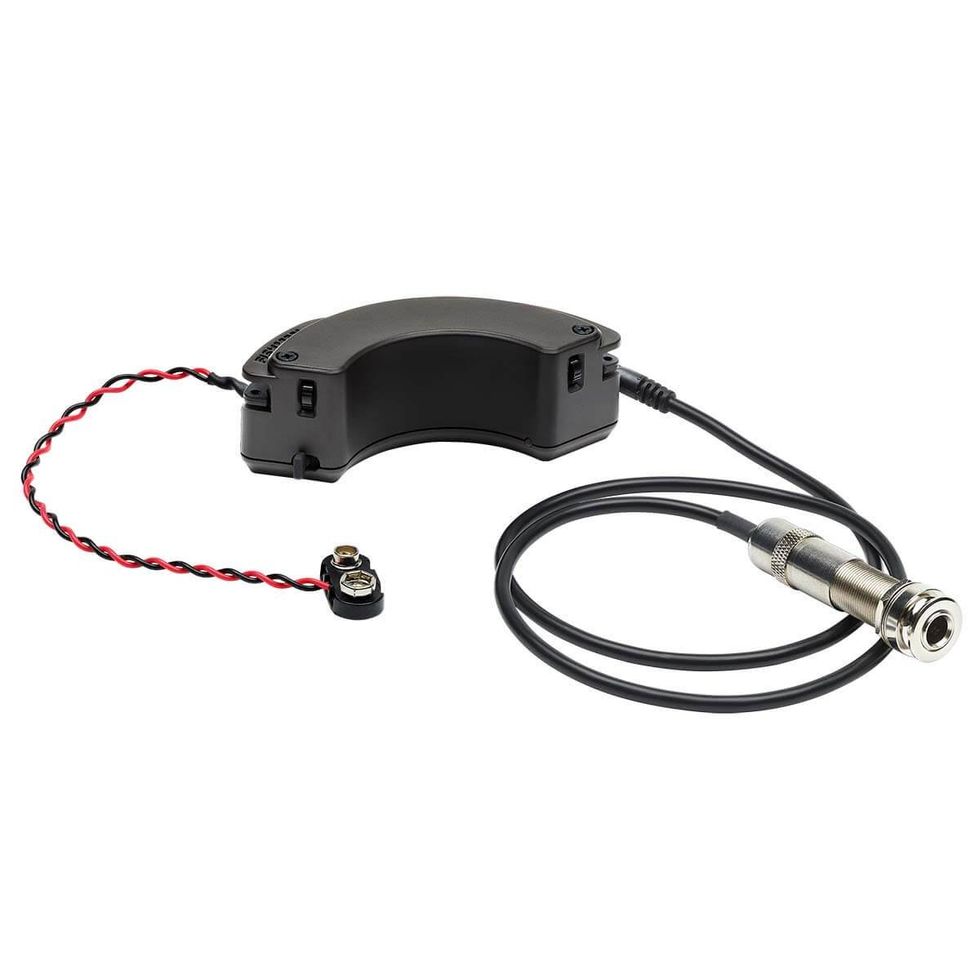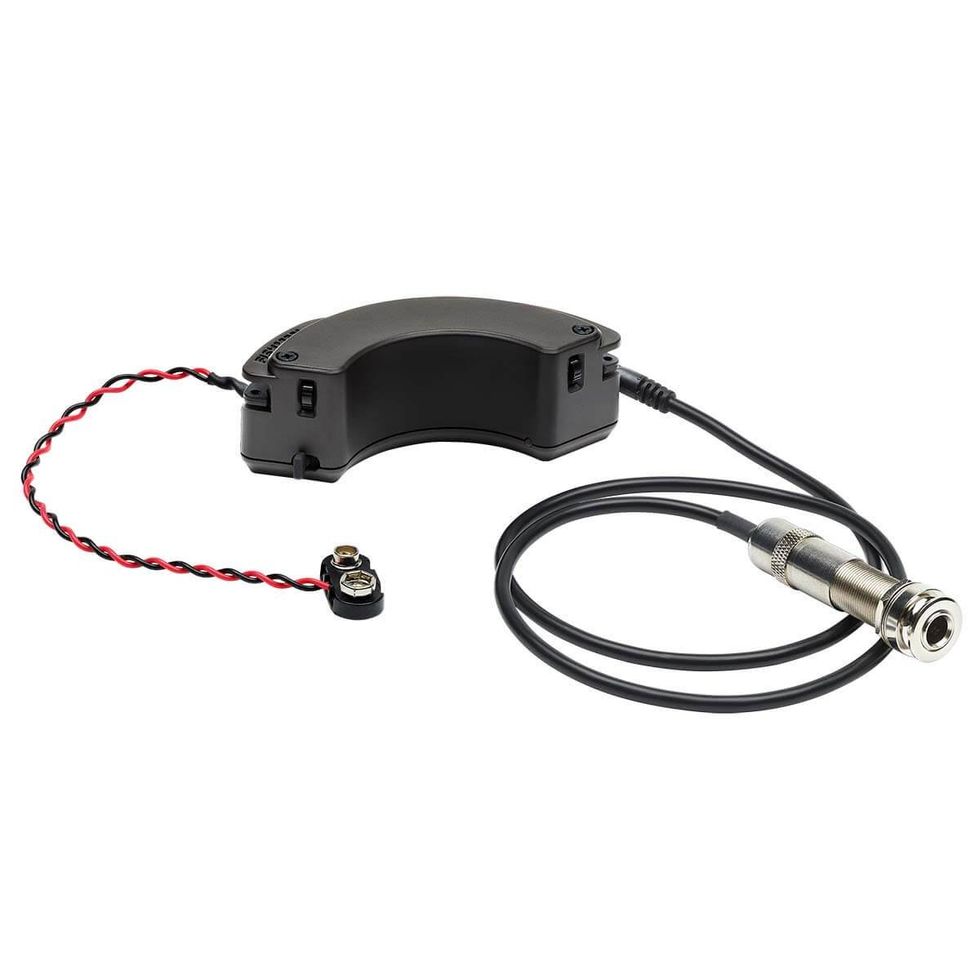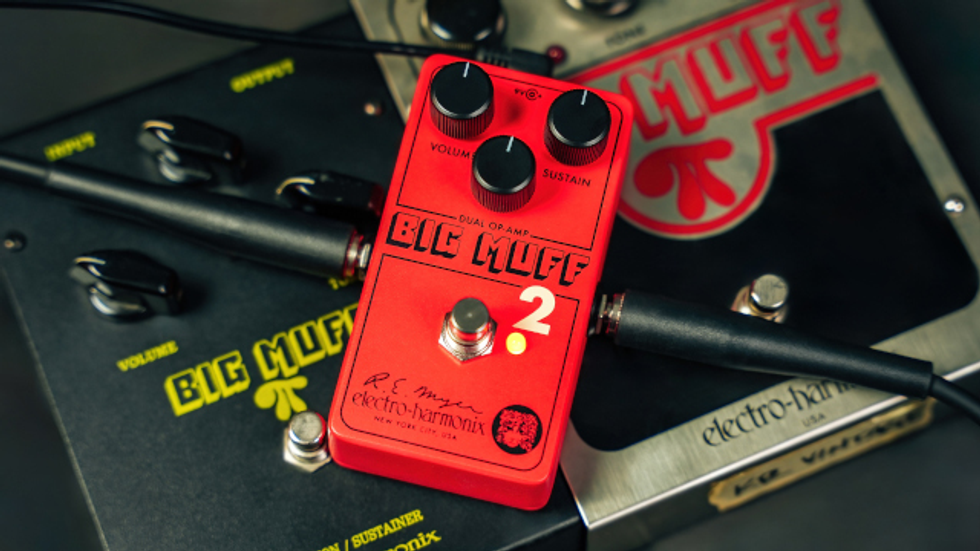What?! Gone wireless? Well, err… yes. It may seem unusual, since I’ve been immersed in a boutiquey kind of world where wireless systems tend to be scoffed at versus the more organic cable. In fact, it’s been 20 years since I last used my cheap little Samson wireless system mounted to my pedalboard. I actually liked the tone and compression that unit had, but after spilling a beer on the Samson unit, I’ve stuck with cable ever since.
Recently, Line 6 turned me on to their new Digital Guitar Wireless System and asked if I’d like to give it a try on tour. They had acquired the X2 company, whose digital
technology wireless systems had already developed a reputation for being totally transparent, adding no compression or artifacts to the tone. It seemed like a perfect opportunity to give the system a whirl, as I’ve been using close to 80 feet of cable from the pedalboard back to my rig, with buffer pedals to keep the signal clear. We have the signal as clean as plugging straight into the amps with a short cable – there’s a very clear tone with no signal loss. Therefore, we would be able to do a fair, working comparison between cable and wireless tone.
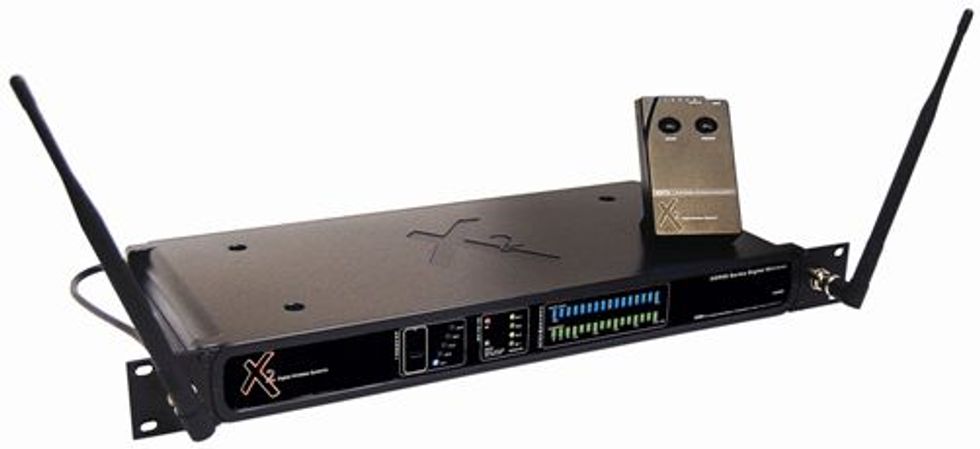 |
The first thing I noticed using the XDR95 was the immediate pick attack and pure, chimey clarity like I’d never heard before. It wasn’t a synthetic sounding high-end, but the amp in its purest form – like connecting the guitar to the amp with a 3-foot cable. My tech and I ran a direct comparison back and forth with cables, and the highs remained present but slightly rolled off with a slurred kind of pick attack. It had sounded fine before, but this roll-off became noticeable after we A/B’d with the X2 wireless. We’re using high-end cables on this tour, so it’s still a favorable tone – possibly even preferred by some. There is definitely nothing wrong with a guitar and cable straight into an amp!
With the wireless, I had to re-adjust my tone settings on the amps, rolling off some highs while pronouncing more mids to avoid being too bright through the PA. I’m also using a Moollon Line Buffer/DI pedal with a boost circuit to push the front end a little, which I had used with the cables as well. Even after the adjustments, the tone and attack have remained significantly improved, with amazing dynamic clarity and a great feel under the fingers. Over the course of two weeks, jumping back and forth between cable and wireless – even in the middle of a show – I’ve totally adjusted to the improved tone the Line 6 Digital Wireless System has afforded me.
Of course, wireless systems do have their issues, a common one being interference or dropouts. However, only once so far have I run into interference problems, which was at our recent show in London’s Hyde Park. We were told that it was a common problem with previous shows in the park; beyond that occasion the unit has been flawless.
Another issue is battery life. I can’t put a time frame on it yet, but one thing we’ve noticed is that the rechargeable batteries we’ve tried do not seem to sustain well. They have a very short life, so the unit still requires alkalines.
With a street price around $500 for the rack system ($400 for the XDS-Plus smaller pedalboard-mounted version) it’s a fairly affordable option for a significant tonal boost. And needless to say, I can now pirouette freely across the stage.
Peter Stroud
is co-founder of 65amps
www.sherylcrow.com
65amps.com







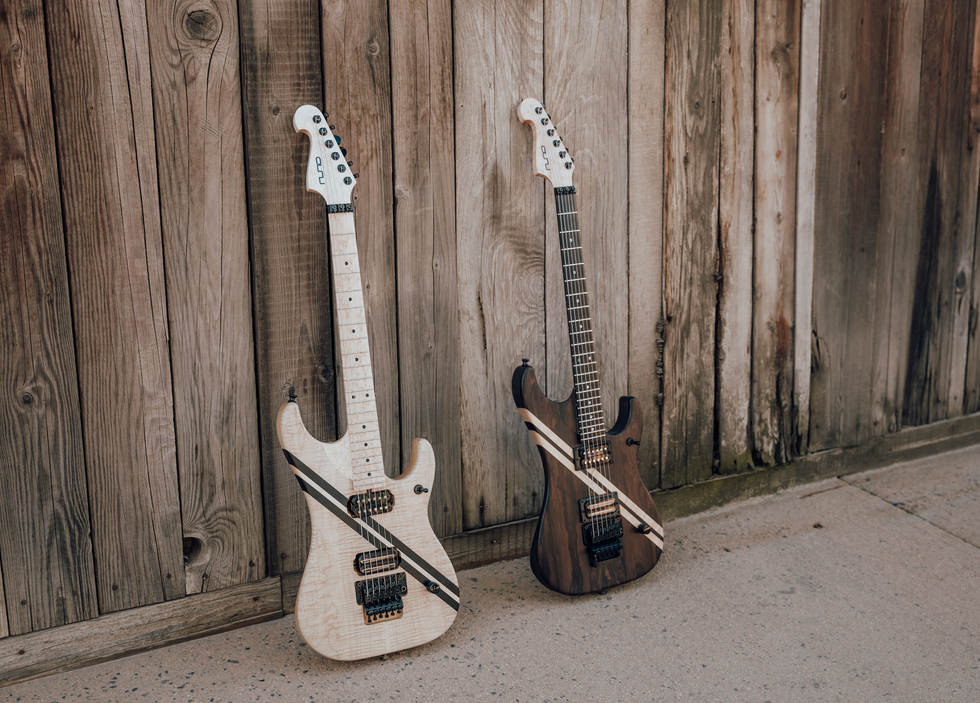
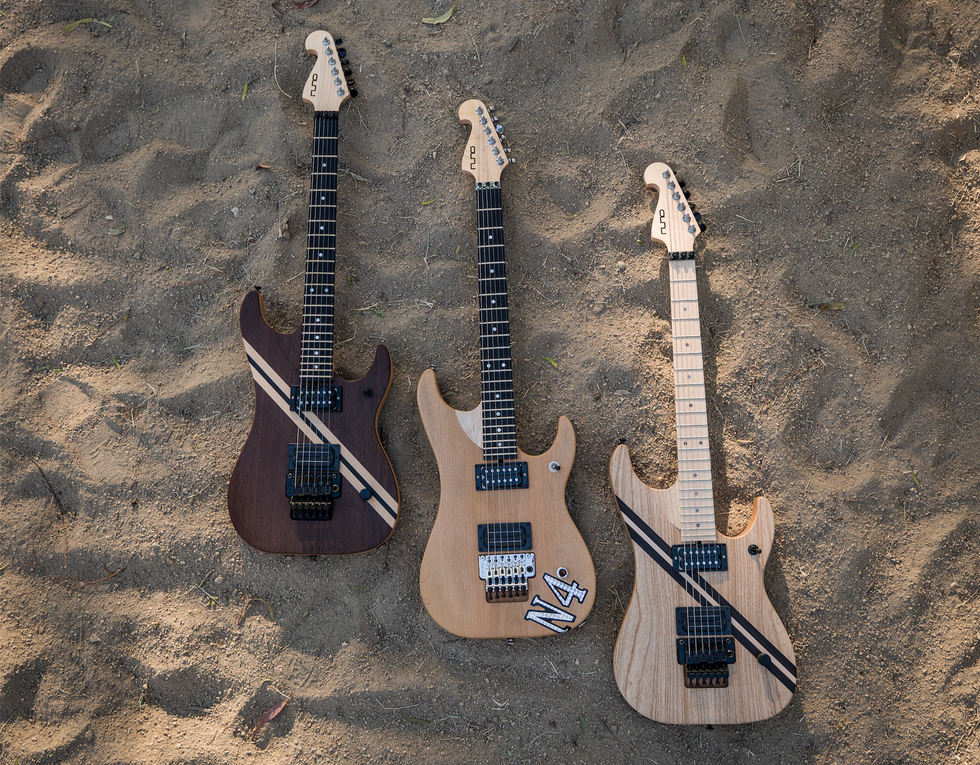




![Rig Rundown: Russian Circles’ Mike Sullivan [2025]](https://www.premierguitar.com/media-library/youtube.jpg?id=62303631&width=1245&height=700&quality=70&coordinates=0%2C0%2C0%2C0)



